In our hyperconnected world, finding a place without Wi-Fi feels almost impossible. Yet, high up in the world’s most remote mountain ranges, countless villages still exist where the internet hasn’t arrived not because residents don’t want it, but because the combination of extreme altitude, difficult terrain, and sparse populations makes installing connectivity infrastructure nearly impossible. These communities offer a glimpse into what life looks like when human connection happens face-to-face rather than through screens.
Most of these villages sit so far from civilization that building cell towers or running fiber optic cables would cost more than the entire village’s annual economy. Here is a list of 17 mountain villages where Wi-Fi remains as foreign as snow in the desert.
Shimshal, Pakistan
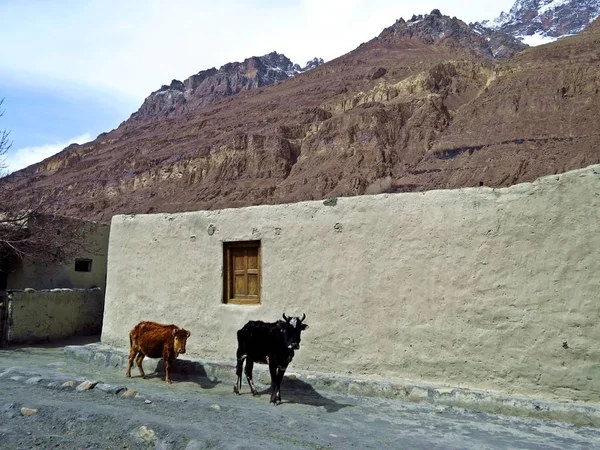
This remote village in the Karakoram Mountains sits at 10,000 feet and remains cut off from the world for months during winter when avalanches block the only access road. The village of 2,000 people has no internet infrastructure, and even basic telephone service is sporadic.
Residents rely on traditional storytelling and community gatherings for entertainment during the long winter months.
Ushguli, Georgia
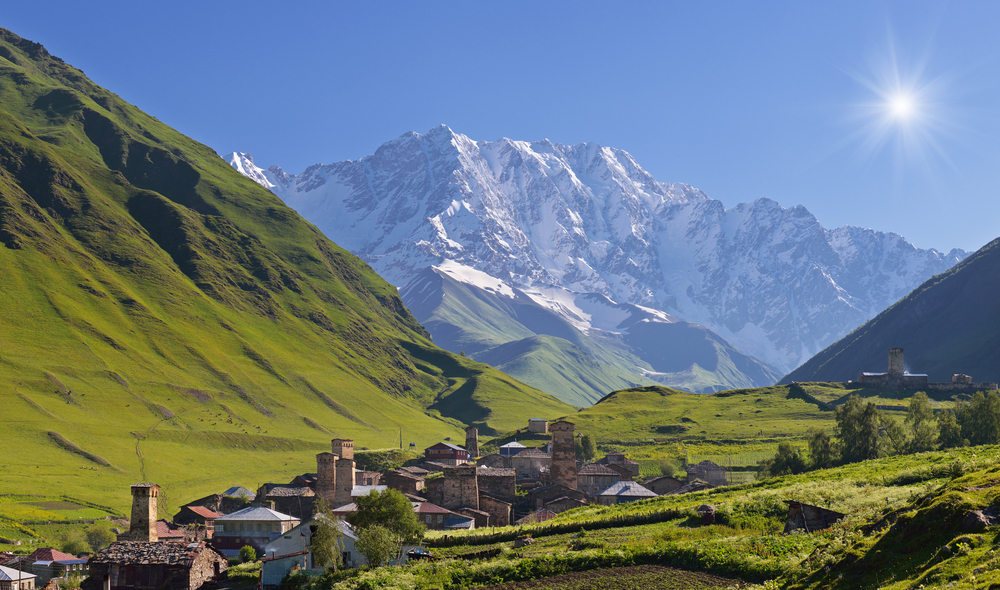
Europe’s highest continuously inhabited village sits at 7,200 feet in the Caucasus Mountains, where medieval stone towers dot the landscape like ancient skyscrapers. The village has no internet access, and residents maintain traditions that date back over 1,000 years.
Local families still practice ancient hospitality customs, inviting strangers to share meals and stories without any digital distractions.
Like Travel Pug’s content? Follow us on MSN.
Kibber, India
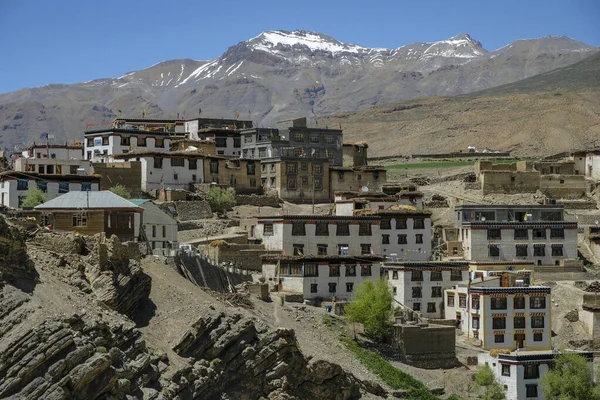
At 14,200 feet in the Spiti Valley, Kibber holds the record as one of the world’s highest motorable villages, though ‘motorable’ is a generous term for the treacherous mountain roads leading there. The village lacks internet infrastructure, and residents rely on traditional farming and yak herding for survival.
Winter temperatures drop to -40°F, making outdoor survival skills far more valuable than Wi-Fi passwords.
Chamonix Valley Villages, France
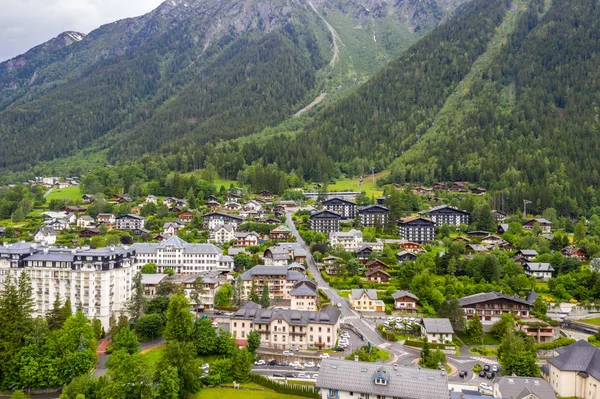
While Chamonix town has modern amenities, several tiny hamlets scattered throughout the surrounding valleys remain without internet access due to their extreme isolation. These century-old communities of shepherds and farmers maintain traditional Alpine lifestyles.
Residents still use church bells to communicate important news across the valley, just as their ancestors did centuries ago.
Svaneti Villages, Georgia
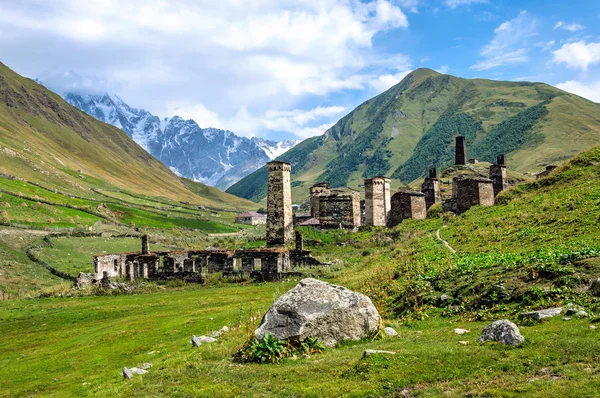
Deep in the Caucasus Mountains, dozens of small Svan villages exist without internet connectivity, surrounded by peaks that rise over 16,000 feet. These communities have preserved unique languages and customs for centuries precisely because of their isolation.
Village elders still settle disputes according to traditional law, and community decisions happen through face-to-face discussions rather than digital communications.
Like Travel Pug’s content? Follow us on MSN.
Dolpo Villages, Nepal
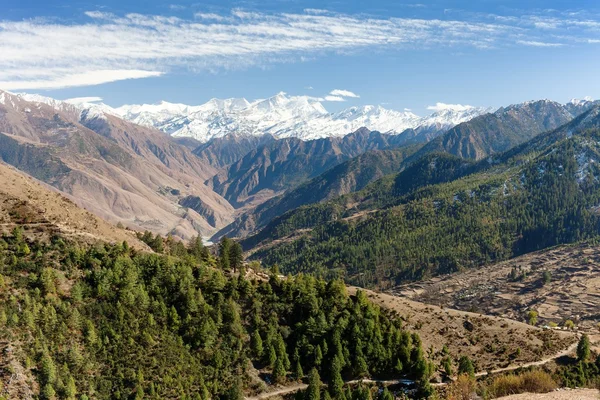
The remote Dolpo region contains numerous villages where internet access remains nonexistent due to extreme altitude and difficult terrain. These Tibetan Buddhist communities live much as they have for centuries, with daily life revolving around monastery schedules and seasonal farming cycles.
Residents measure time by the mountains’ shadows rather than smartphone notifications.
Markha Valley Villages, India
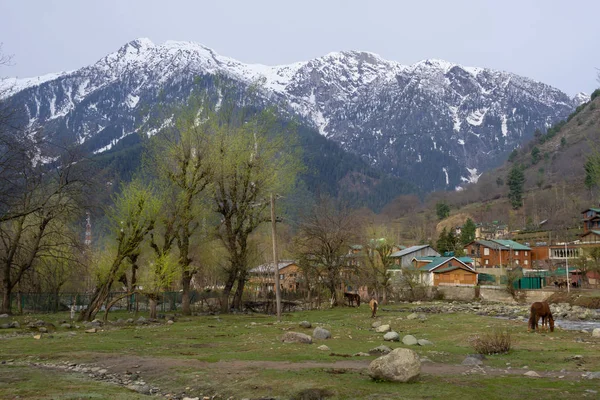
Scattered throughout Ladakh’s Markha Valley, small farming villages operate without internet infrastructure, relying on ancient irrigation systems and traditional barley cultivation methods. The growing season lasts only four months due to extreme altitude, making agricultural knowledge far more crucial than digital literacy.
Community cooperation for harvest and winter preparation requires constant in-person coordination.
Atlas Mountain Villages, Morocco
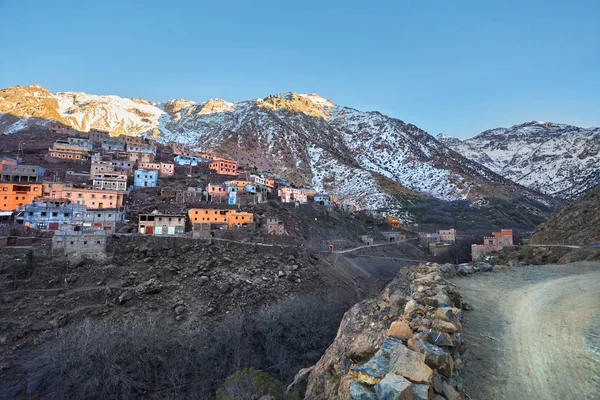
High in Morocco’s Atlas Mountains, Berber villages maintain traditional lifestyles without internet connectivity, where daily life revolves around seasonal farming and livestock herding. These communities have developed sophisticated water management systems and agricultural techniques over centuries.
Evening storytelling sessions and communal meals provide entertainment and education that no streaming service could match.
Like Travel Pug’s content? Follow us on MSN.
Carpathian Villages, Romania
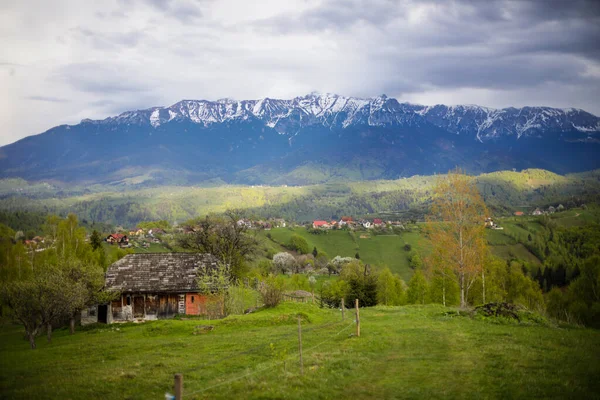
Remote villages scattered throughout Romania’s Carpathian Mountains exist without internet access, where residents maintain traditional crafts and farming methods passed down through generations. These communities still practice subsistence agriculture and seasonal festivals that connect villagers to natural cycles.
Horse-drawn carts remain a more common sight than cars, let alone Wi-Fi networks.
Hunza Villages, Pakistan
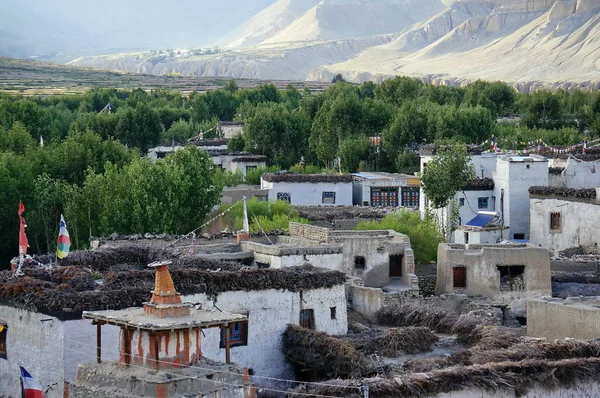
Several small villages in the upper Hunza Valley lack internet connectivity due to their extreme remoteness and challenging mountain terrain, which makes infrastructure development nearly impossible. Residents focus on apricot cultivation and traditional crafts that require skills passed down through family lines.
Community decisions still happen through village councils, where everyone speaks face-to-face.
Mustang Villages, Nepal
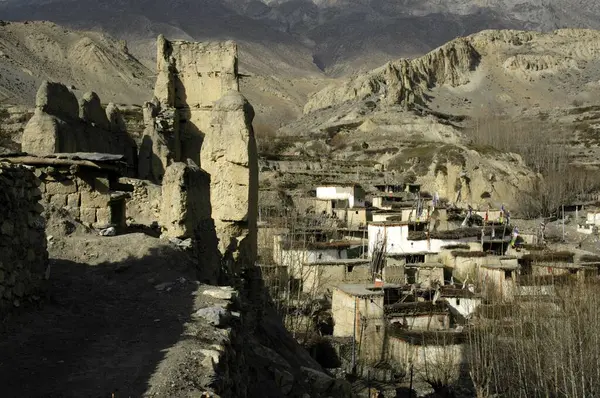
In Nepal’s restricted Mustang region, traditional Tibetan villages operate without internet access, maintaining customs that disappeared elsewhere decades ago. The harsh desert climate and extreme isolation have preserved ways of life that prioritize community survival over individual connectivity.
Monastery teachings and traditional festivals provide the social structure that sustains these communities.
Like Travel Pug’s content? Follow us on MSN.
Andean Villages, Peru
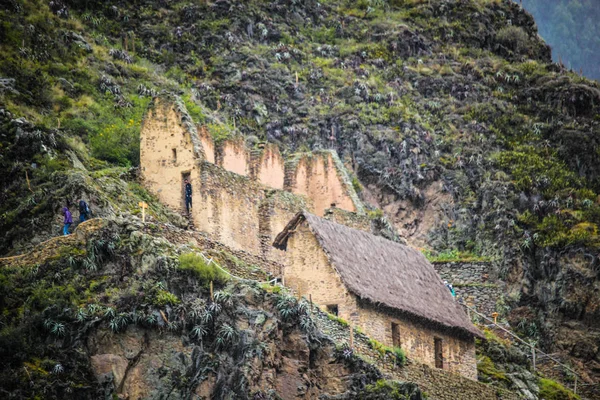
High-altitude villages scattered throughout Peru’s remote Andes lack internet infrastructure, where Quechua-speaking communities maintain agricultural practices developed by their ancestors. These villages sit above 13,000 feet, where growing potatoes and herding llamas requires knowledge that no Google search could provide.
Community work parties called ‘minga’ organize village projects through personal relationships rather than digital coordination.
Bhutanese Villages
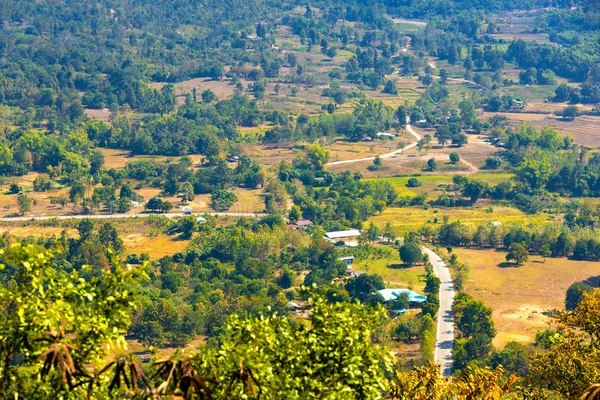
Remote villages in Bhutan’s highest mountain areas remain without internet access, where Gross National Happiness takes priority over digital connectivity. These Buddhist communities maintain meditation practices and festival traditions that require sustained attention spans, impossible to develop while constantly checking devices.
Village life revolves around monastery schedules and agricultural seasons rather than notification alerts.
Pamirs Villages, Tajikistan
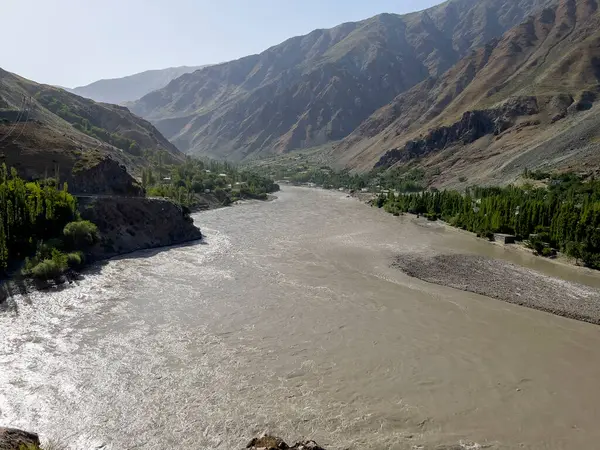
Scattered throughout the Pamir Mountains, Wakhi and Kyrgyz villages exist without internet access in some of the world’s most remote and harsh environments. These communities practice traditional nomadic lifestyles adapted to extreme altitude and brutal winters.
Survival skills and community cooperation matter far more than digital literacy when temperatures drop to -50°F for months at a time.
Like Travel Pug’s content? Follow us on MSN.
Scottish Highland Villages

Remote villages in Scotland’s Highlands remain without reliable internet due to the challenging terrain and sparse populations, which make infrastructure development economically unfeasible. These communities maintain traditional crofting practices and Gaelic cultural traditions.
Village social life centers around local pubs and community halls where face-to-face conversation still determines local news and gossip.
Appalachian Hollows, United States
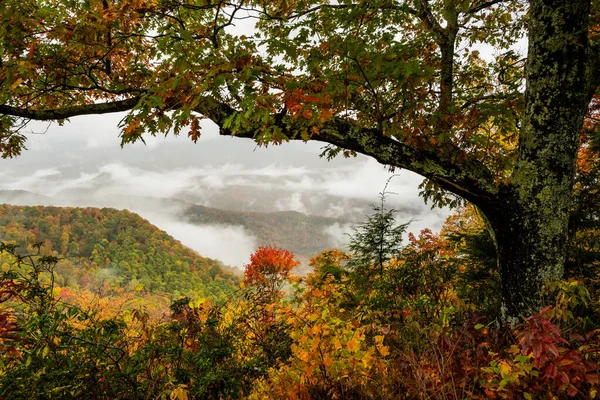
Deep in the Appalachian mountain hollows, isolated communities exist without internet access, where traditional music and storytelling preserve their cultural heritage. These villages often lack basic infrastructure like paved roads, making internet connectivity a distant priority.
Family gatherings and front porch conversations provide the social networking that keeps these tight-knit communities connected.
Karakoram Villages, Pakistan
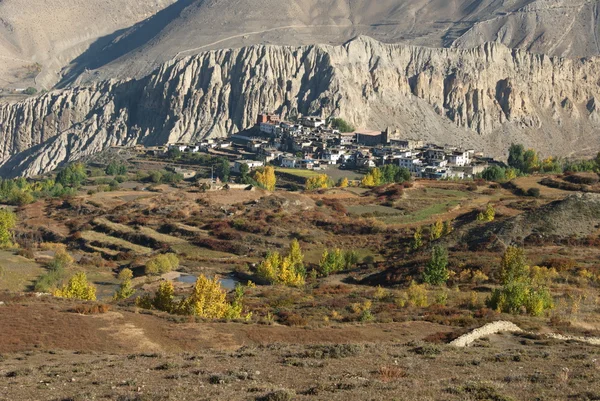
Remote villages scattered throughout the Karakoram range operate without internet connectivity in landscapes so extreme that basic survival requires constant community cooperation. These high-altitude communities depend on traditional knowledge about avalanche patterns, weather cycles, and mountain navigation.
Village elders hold information more valuable than any Wikipedia article about surviving in conditions that would challenge modern technology.
Like Travel Pug’s content? Follow us on MSN.
Where Silence Speaks Louder Than Signals

These disconnected mountain villages remind us that human communities thrived for thousands of years without digital connectivity, relying instead on skills, relationships, and wisdom that no algorithm could replicate.
While we’ve gained incredible conveniences through internet access, these remote communities have preserved something equally valuable — the ability to live fully present in their immediate surroundings and relationships. Their isolation isn’t a disadvantage to overcome but a different way of being human, one that prioritizes depth over speed and community over connectivity.
More from Travel Pug

- 20 Best Beach Towns in the Carolinas
- 13 Destinations Where Tourists Regularly Regret Their Trip
- 20 Things You Actually Get in First Class
- 20 Small Airports With Aviation Museums
- 20 Places in the U.S. That Are Perfect for a Reset Trip
Like Travel Pug’s content? Follow us on MSN.
